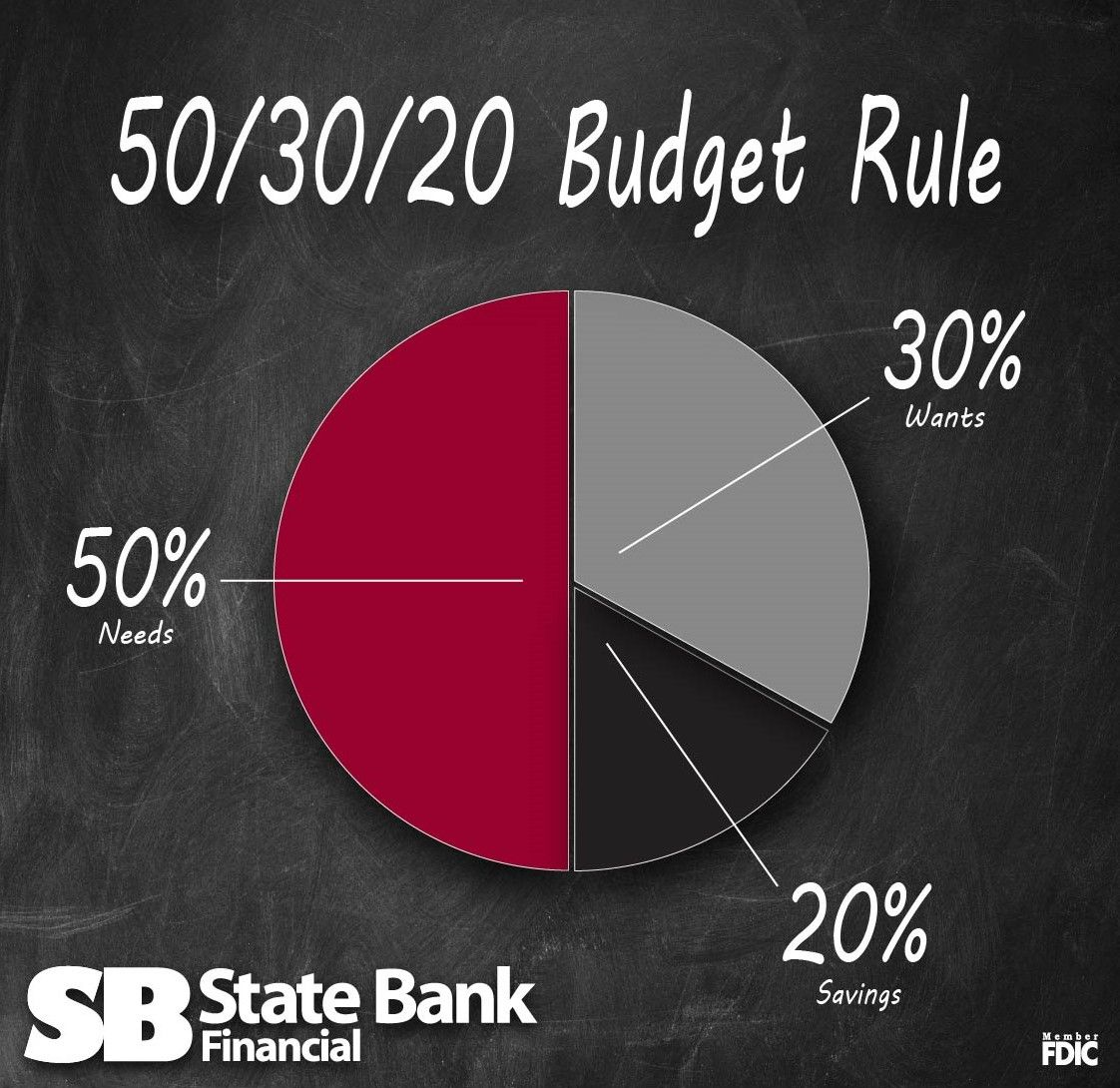Mastering College Budgeting with the 50/30/20 Rule
Published: 09/02/2025

Mastering College Budgeting with the 50/30/20 Rule
College life is exciting—but managing your money while balancing classes, work, and social plans can be a real challenge. Between tuition, rent, gas, coffee runs, and weekend outings, it’s easy to lose track of your spending and end up living paycheck to paycheck.
That’s where the 50/30/20 Rule comes in. It’s a simple budgeting method that helps you take control of your finances.
So, What Is the 50/30/20 Rule?
The idea is straightforward: divide your income into three categories.
50% goes to your needs: these are the essentials you can’t live without. Think about rent, utilities, transportation, groceries, and school supplies. These are your financial priorities.
30% goes to your wants: the fun stuff! This includes dining out, entertainment, travel, coffee runs, and shopping. These are the things that make college life enjoyable, but they’re not necessities.
20% goes to savings: this is your future fund. Whether it’s building an emergency cushion or contributing to a savings account, this portion helps you prepare for unexpected expenses and long-term goals.
With just three categories, you can build a budget that’s easy to manage and encourages smart financial habits for the future. Whether you're a freshman just starting out or a senior preparing for post-grad life, it’s never too late to start budgeting wisely.
Tips to Stretch Your Budget Further
Saving money in college doesn’t mean sacrificing everything you enjoy. Start by renting or buying used textbooks instead of paying full price. Look into grants and scholarships, they’re out there, and many go unclaimed. Make the most of campus resources like free printing, tutoring, or fitness centers.
Student discounts are everywhere—just ask! Cooking at home instead of eating out can save a surprising amount overtime. Try limiting subscriptions you don’t use often and consider public transportation or carpooling to cut down on gas costs.
And most importantly: TRACK YOUR SPENDING. Whether it’s through an app or a simple spreadsheet, knowing where your money goes is the first step to making smarter choices.
Click here for a Worksheet to help you plan!

